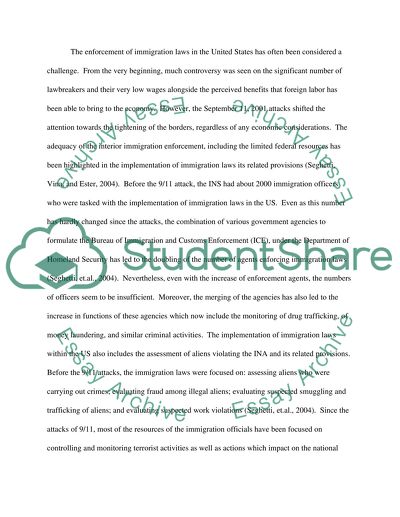Cite this document
(“Enforcing Immigration Law: The Role of State and Local Law Enforcement Research Paper”, n.d.)
Retrieved de https://studentshare.org/law/1391414-enforcing-immigration-law-the-role-of-state-and
Retrieved de https://studentshare.org/law/1391414-enforcing-immigration-law-the-role-of-state-and
(Enforcing Immigration Law: The Role of State and Local Law Enforcement Research Paper)
https://studentshare.org/law/1391414-enforcing-immigration-law-the-role-of-state-and.
https://studentshare.org/law/1391414-enforcing-immigration-law-the-role-of-state-and.
“Enforcing Immigration Law: The Role of State and Local Law Enforcement Research Paper”, n.d. https://studentshare.org/law/1391414-enforcing-immigration-law-the-role-of-state-and.


